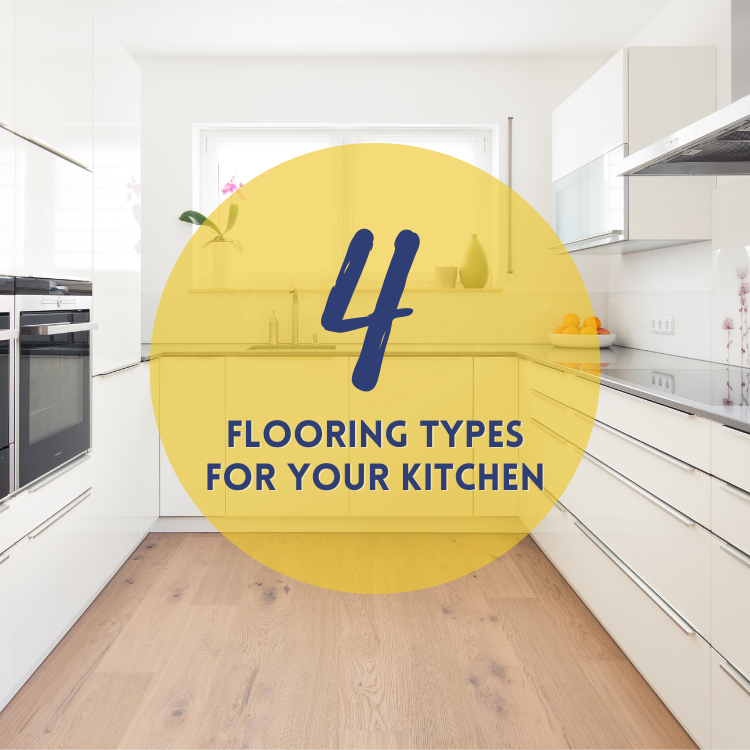We offer a wide range of services for that fresh look, or just maintenance or updates to keep your home functioning and safe. Regardless of the size of the job, we have a craftsman that can tackle it. We offer a wide range of services for that fresh look, or just maintenance or updates to keep your home functioning and safe. Regardless of the size of the job, we have a craftsman that can tackle it.

Flooring / May 18, 2022

The kitchen is typically one of the highest-traffic areas in the home. Therefore, it is important to choose a flooring material that is durable enough to stand up to foot traffic, spills, and other hazards that are common in a kitchen. You can’t have flooring installation in Victoria until you choose a new material. Here are some choices to consider for the kitchen.
Tile floors are common in kitchens, and for good reason. Tile is virtually waterproof, which is good for a room where spills may be common, and tends to last a long time. Tile is also a remarkably versatile option. It comes in several different types of materials, including natural stone (e.g., granite, slate, and travertine), ceramic, and porcelain. In addition to different materials, tiles come in many colours, sizes, and shapes, which can be combined to produce a nearly endless array of different patterns.
However, tile kitchen floors do have their downsides. The grout that holds the tiles in place may be susceptible to staining unless it is sealed and possibly resealed. Tile floors can be slippery when wet, although there are tiles available with a non-slip surface.
Hardwood is a traditional choice for kitchen flooring because, at one point, it was one of few flooring options available. People used hardwood in all rooms of the house, including the kitchen, because that was all they had. Hardwood floors do have a natural beauty that adds warmth and a homey touch. However, they are not as common in the kitchen as they used to be because hardwood can react to moisture by warping.
If you have your heart set on hardwood floors in the kitchen, there are finishes that make them resistant to water. However, there is no such thing as a hardwood floor that is waterproof, which means that you have to be vigilant about cleaning up spills as soon as they occur. If you are willing to accept the shortcomings of hardwood in the kitchen, it can add visual interest if laid out in an interesting pattern. It can also be refinished to give an existing floor a whole new look.
If you like the look of hardwood but don’t think you can take adequate care of it, laminate is a lower-maintenance option. In the past, laminate had a poor reputation as a cheap material, but technological advances have led to higher-quality laminates that are virtually indistinguishable from more expensive materials. Laminate can mimic the appearance of natural stone as well as hardwood, and it can install over an uneven subfloor by “floating” the planks rather than gluing them down. Keep in mind that not all laminate is waterproof, so you want to be careful to check that it is before purchasing it for installation in your kitchen.
Most kitchen flooring options are cold and hard to the touch. If you frequently walk around with bare feet and don’t like this feeling, you should consider cork for your kitchen floor. Cork feels soft and springy under the feet, not to mention warm, and it also absorbs sound when you walk around.
Cork is an inexpensive flooring option. It isn’t waterproof, so spills have to be cleaned up immediately, but it does resist stains. If staining does occur, you can re-sand, re-stain, and re-seal a cork floor to restore it to its original appearance. Colour options for cork floors are limited, but there are varieties that come with their own adhesive to make it easier to install.
Problems with your floor aren’t only an aesthetic concern; they can also pose safety hazards. In addition to installing new flooring, we also provide flooring repair services for existing problems with a current floor. Find out more about our flooring specialties.